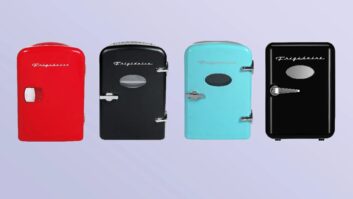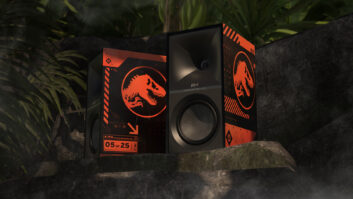Circuit City’s $1.3 billion closeout sale might be the largest liquidation in CE history, but its impact on other retailers will be limited by its brevity and less-than-bargain prices.
The four closeout firms retained by the chain — Great American Group, Hudson Capital Partners, SB Capital Group and Tiger Capital Group — were given a deadline of March 31 by a federal bankruptcy court to clear out all its inventory. Hudson, SB and Tiger also conducted going-out-of-business sales for Tweeter.
“The liquidation will be a quick process,” said Dave Workman, executive director of the Progressive Retailers Organization (PRO Group). “They’ll get a quick spike from traffic, it’ll be disruptive for a brief period, and in four to six weeks they’ll be down to odds and ends before what’s left is shipped offshore.”
Based on going-out-of-business sales at CompUSA and Linens ’n Things, discerning consumers may also find that the aging inventory is priced higher than at pre-liquidation levels. Retail analyst Michael Lasser of Barclays Capital noted that the minimum anticipated recovery rate of 70 percent agreed to by Circuit City and its liquidators is significantly higher than the percentage in the Sharper Image bankruptcy (37 percent), suggesting heavy markups.
However, prices should be less inflated than those at Linens ’n Things’ fire sales, where liquidators were working with a 95 percent recovery rate, Lasser observed.
Still, if Circuit City’s first round of closeouts was any indication, neighboring CE merchants have little to fear. Neither Best Buy nor hhgregg found those sale events, held at 155 stores over the holiday period, too distracting, Lasser reminded, and Credit Suisse retail analyst Gary Balter expects the final round of fire sales at Circuit City’s 567 remaining stores “to run significantly negative and below the industry,” even if it proves more promotional than last time.
Circuit City’s decision to liquidate went down to the wire. The chain said it was close to a deal with two potential buyers who would keep the company in business, but neither party — identified as Mexican investor Ricardo Salinas Pliego and Golden Gate Capital, a private equity firm — was able to raise sufficient funding for the acquisition. A key sticking point, according to courtroom accounts by Bloomberg News and the Richmond Times-Dispatch, was lenders’ demand that manufacturers ship Circuit merchandise on credit.
Given more time to negotiate a sale or extend it bankruptcy financing, the retailer may have reorganized as a smaller chain with either 350 or 180 stores, a Circuit City attorney told the court. But the creditors committee, which includes key vendors, called off the negotiations after the company failed to show any evidence that capital could be raised and a sale could be brokered, the news sources reported.
“We are extremely disappointed by this outcome,” James Marcum, Circuit’s vice chairman and acting president/CEO, said in a statement. “Regrettably for the more than 30,000 employees of Circuit City and our loyal customers, we were unable to reach an agreement with our creditors and lenders to structure a going-concern transaction in the limited timeframe available, and so this is the only possible path for our company.”
Ironically, Circuit City had room on its credit line when it filed for Chapter 11, noted Credit Suisse’s Balter. But “vendors are finding less receivable financing and less credit on their own, creating a spiral that culminated in Circuit City’s bankruptcy,” he said in a research note. The liquidation underscores how difficult restructuring is in the current credit environment, he observed, and warned that “given the problems in trying to come out of a Chapter 11 filing, we may see fewer filings but believe the current environment will send more chains to liquidation.”













